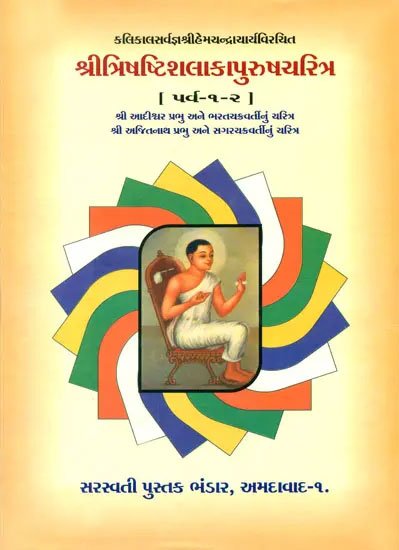Trishashti Shalaka Purusha Caritra
by Helen M. Johnson | 1931 | 742,503 words
This page describes Shreyamsa’s parents (king Vishnuraja and queen Vishnu) which is the third part of chapter I of the English translation of the Shreyamsanatha-caritra, contained within the “Trishashti Shalaka Purusha Caritra”: a massive Jain narrative relgious text composed by Hemacandra in the 12th century. Shreyamsanatha in jainism is one of the 63 illustrious beings or worthy persons.
Part 3: Śreyāṃsa’s parents (king Viṣṇurāja and queen Viṣṇu)
Viṣṇurāja, rich in glory, powerful from strength of arm, mighty as Viṣṇu, was king there. In him the virtue called ‘subduing-the-senses’ bore a brilliant heap of virtues, like a seed in the ground bearing a heap of grain. The Śrīs (Glories) and the Bhīs (Fears), respectively delighted with him submissive and angry with him hostile, were reduced to the state of svayaṃvara-wreaths at the sight of him. His power was resplendent with dazzling glory, like liberality with suitability, like speech with truthfulness. He became the constant play-house and concert-hall, as it were, of the very great virtues—courage, dignity, firmness, et cetera. Viṣṇu was the wife of the king, like Śacī of Jiṣṇu (Indra), radiant with beauty, like another earth in stability. She observed fidelity sharp as a sword-blade, which was the ornament of her own body delicate as a śirīṣa. Just as no one was equal to the king in power, there was no one her equal in wealth of beauty and grace. She was indolent in her gait, to be sure, but not in pious acts; she was very small in her waist, but not in her heart. She and the king, their minds sewn together, as it were, delighting each other unhindered, experienced imperishable joy.
